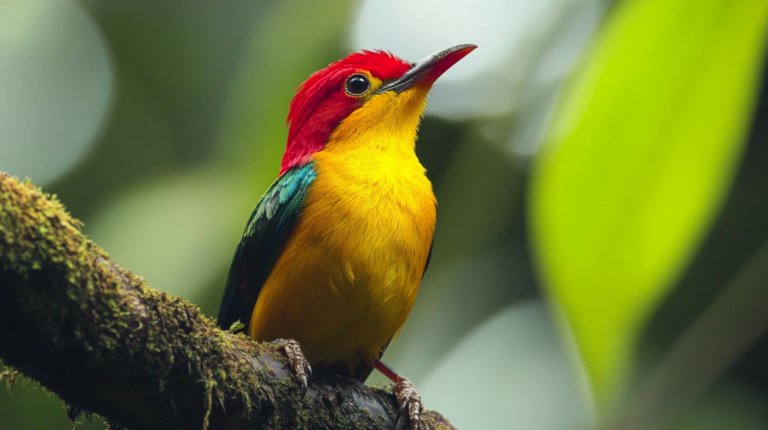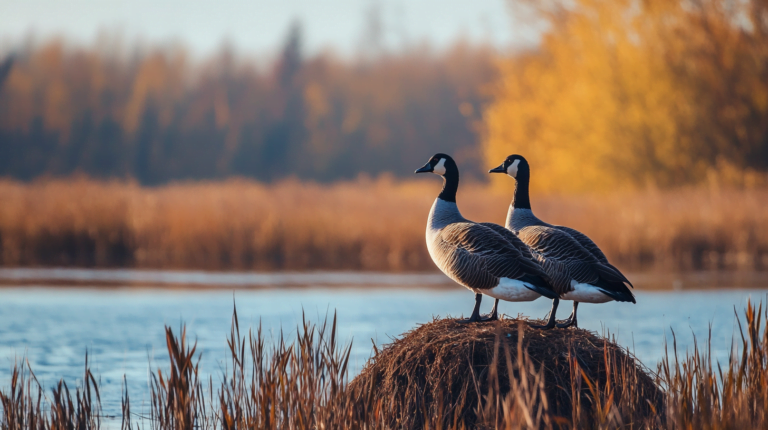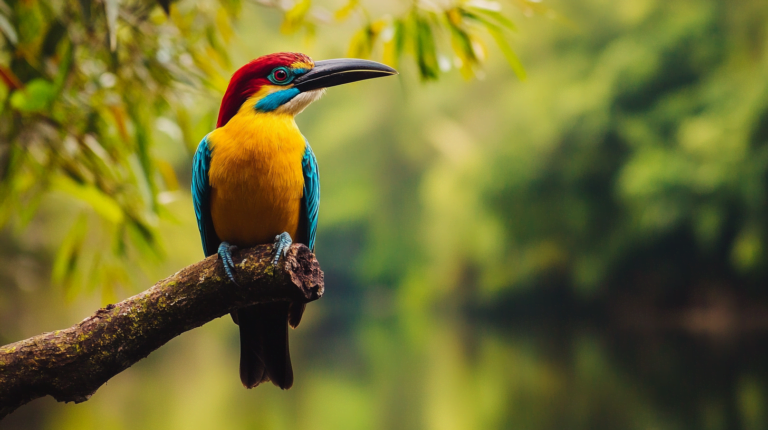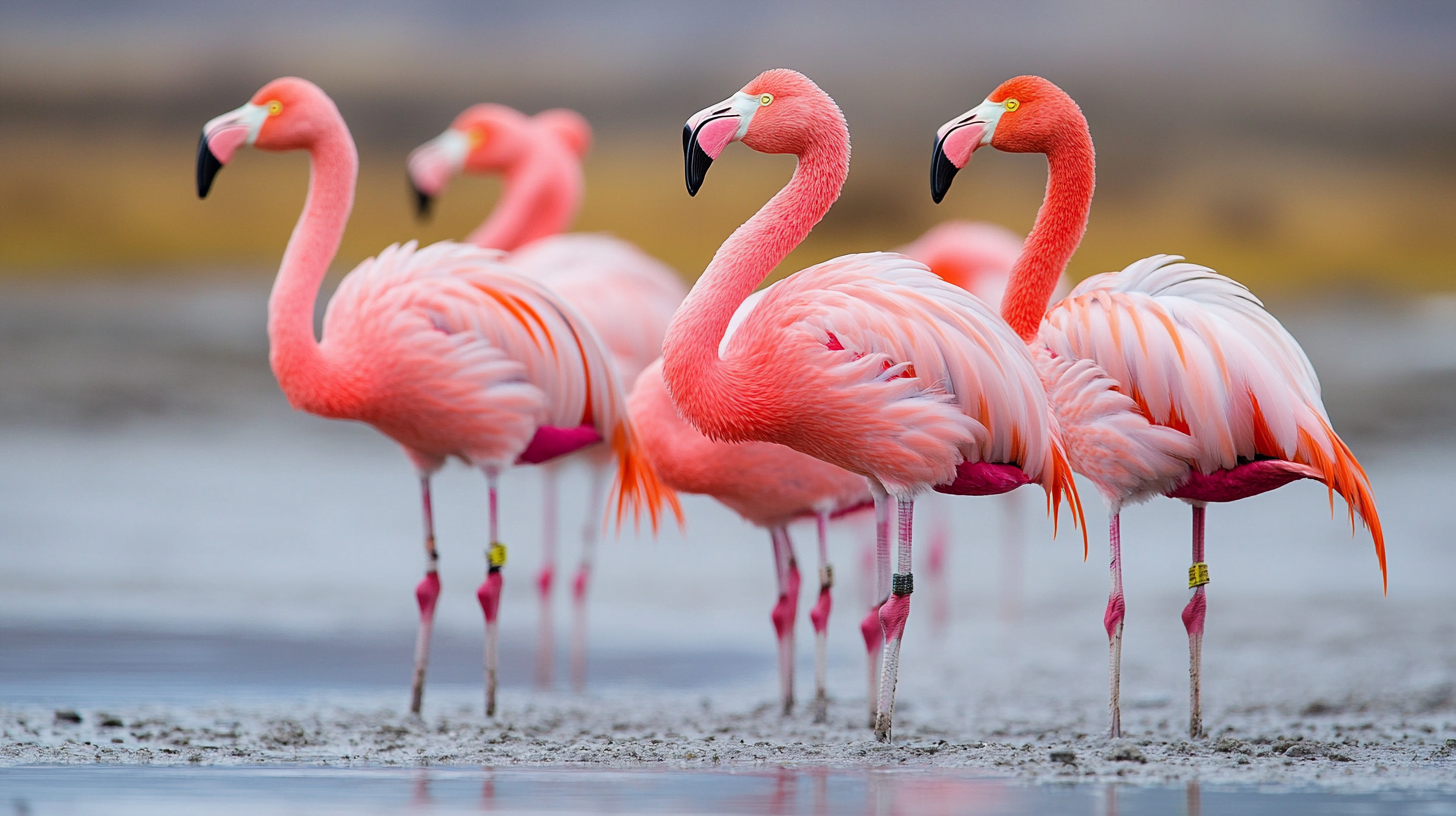
Table of Contents
Bolivia, a hidden gem for birdwatchers, boasts an incredible array of avian species across its diverse landscapes. From the lush Amazon rainforest to the high-altitude Andes, this South American country offers unparalleled opportunities for bird enthusiasts. In this comprehensive guide, we’ll explore the best birdwatching spots in Bolivia, providing you with all the information you need to plan your ultimate birding adventure.
Why Bolivia is a Birdwatcher’s Paradise
Bolivia’s unique geography and varied ecosystems make it a haven for birds. With over 1,400 recorded species, including 18 endemics, Bolivia ranks among the top 10 countries worldwide for bird diversity. The country’s range of habitats, from tropical lowlands to Andean peaks, creates a perfect storm for avian biodiversity.
Key facts about Bolivia’s bird diversity:
- 1,435 bird species recorded
- 18 endemic species
- 5 major ecosystems: Amazonian rainforest, Chaco, Chiquitano dry forest, Cerrado, and Andes
This incredible diversity means you’re likely to encounter new and exciting species at every turn. Whether you’re a seasoned birder or a novice with a pair of binoculars, Bolivia’s birdwatching spots will leave you in awe.
Top Birdwatching Destinations in Bolivia
1. Madidi National Park: A Birder’s Wonderland
Madidi National Park, located in the northwest of Bolivia, is a must-visit for any serious birdwatcher. This vast protected area covers over 1.8 million hectares and is home to an astounding 1,000+ bird species.
Key species to spot in Madidi:
- Harpy Eagle
- Hoatzin
- Sunbittern
- Blue-headed Macaw
- Amazonian Umbrellabird
The best time to visit Madidi is during the dry season (May to October) when trails are more accessible. However, each season offers unique birding opportunities. Consider staying at eco-lodges like Chalalan or San Miguel del Bala, which offer expert guides and comfortable accommodations in the heart of the jungle.
2. Eduardo Avaroa Andean Fauna National Reserve: High-Altitude Birding
For a completely different birdwatching experience, head to the Eduardo Avaroa Andean Fauna National Reserve in southwestern Bolivia. This high-altitude reserve, with elevations reaching over 5,000 meters, offers a unique opportunity to spot Andean birds in their natural habitat.
Notable species in Eduardo Avaroa:
- Andean Flamingo
- James’s Flamingo
- Andean Goose
- Giant Coot
- Puna Ibis
When birdwatching at high altitudes, it’s crucial to acclimatize properly and bring warm, layered clothing. The best time to visit is during the Bolivian winter (June to August) when the weather is drier and wildlife is more concentrated around water sources.
3. Barba Azul Nature Reserve: Home of the Blue-throated Macaw
The Barba Azul Nature Reserve, managed by Asociación Armonía, is a critical habitat for the critically endangered Blue-throated Macaw. With only about 450 individuals left in the wild, this reserve offers one of the best chances to spot this magnificent bird.
Key facts about the Blue-throated Macaw:
- Scientific name: Ara glaucogularis
- IUCN Red List status: Critically Endangered
- Endemic to Bolivia
- Main threats: habitat loss and illegal pet trade
Visiting Barba Azul not only provides a chance to see this rare species but also supports crucial conservation efforts. The best time to visit is during the dry season (May to November) when the macaws congregate in larger numbers.
4. Amboró National Park: Diverse Habitats, Diverse Birds
Amboró National Park, located in central Bolivia, is a birdwatcher’s dream due to its incredible habitat diversity. The park encompasses Amazonian rainforest, cloud forest, and Andean grasslands, all within a relatively small area.
Highlight species in Amboró:
- Andean Cock-of-the-rock
- Military Macaw
- Rufous-faced Antpitta
- Black-and-chestnut Eagle
- Yungas Manakin
One of the park’s main attractions is the Cock-of-the-rock lek sites, where males gather to perform elaborate courtship displays. The best time to witness this spectacle is early morning during the breeding season (September to November).
5. Cotapata National Park: Cloud Forest Birding
Cotapata National Park, situated in the Yungas region, offers excellent cloud forest birding opportunities. The park’s misty forests and dramatic elevation changes create unique microclimates that support a wide variety of bird species.
Key species to look for in Cotapata:
- Golden-headed Quetzal
- Hooded Mountain-Toucan
- Scaled Metaltail
- Rufous-bellied Bush-Tyrant
- Barred Fruiteater
The park is accessible year-round, but the dry season (May to September) offers more comfortable birding conditions. Consider hiring a local guide to navigate the sometimes challenging terrain and to help locate elusive species.
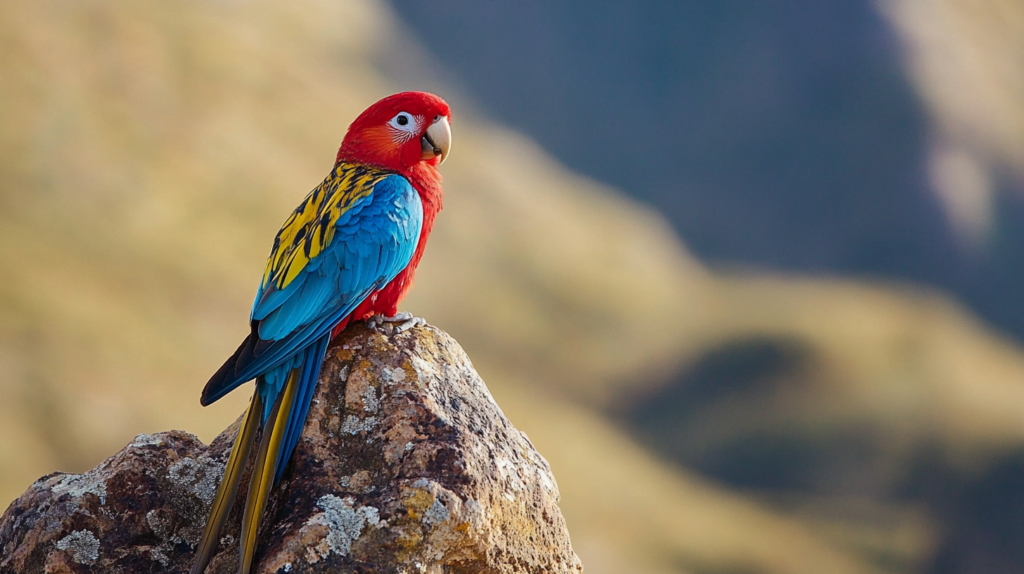
Best Time for Birdwatching in Bolivia
While Bolivia offers year-round birdwatching opportunities, the best time to visit depends on your specific interests and the regions you plan to explore. Here’s a general guide:
| Season | Months | Pros | Cons |
|---|---|---|---|
| Dry Season | May – October | Better trail conditions, concentrated wildlife | Dusty conditions in some areas |
| Wet Season | November – April | Lush vegetation, breeding season for many species | Some areas may be inaccessible due to flooding |
Keep in mind that Bolivia’s varied topography means weather conditions can differ significantly between regions. Always check local conditions before planning your trip.
Essential Gear for Birdwatching in Bolivia
To make the most of your Bolivian birdwatching adventure, make sure to pack the following essentials:
- High-quality binoculars (8×42 or 10×42 recommended)
- A sturdy spotting scope for distant viewing
- Field guide (e.g., “Birds of Bolivia” by Sebastian K. Herzog)
- Quick-dry, breathable clothing in neutral colors
- Sturdy, waterproof hiking boots
- Wide-brimmed hat and sunscreen
- Insect repellent
- Refillable water bottle
- Camera with a telephoto lens (optional)
- Notebook and pen for recording sightings
Responsible Birdwatching Practices
As birdwatchers, it’s our responsibility to minimize our impact on the environments we visit. Follow these guidelines to ensure your birdwatching activities are ethical and sustainable:
- Stay on designated trails to avoid disturbing habitats
- Keep a respectful distance from birds and nests
- Use bird calls sparingly and never during breeding season
- Support local communities by hiring guides and staying at eco-lodges
- Never feed wild birds
- Pack out all trash and follow Leave No Trace principles
By following these practices, we can help preserve Bolivia’s incredible bird diversity for future generations of birdwatchers.
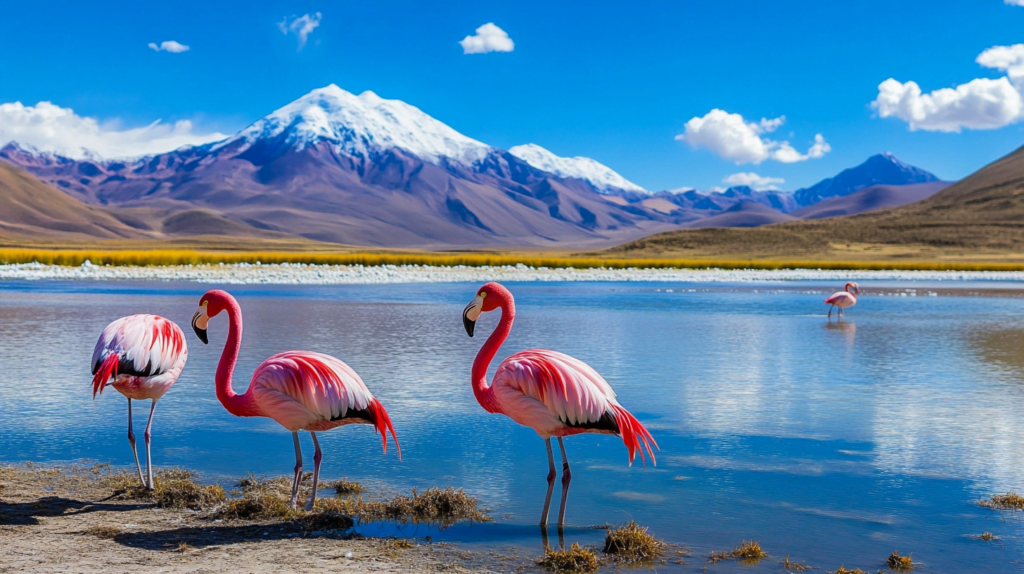
Conclusion: Bolivia’s Birdwatching Bounty Awaits
Bolivia’s best birdwatching spots offer an unparalleled opportunity to experience some of the world’s most diverse and spectacular avian life. From the steamy jungles of Madidi to the windswept Andean plateaus, each location provides a unique window into the fascinating world of birds.
Whether you’re seeking a glimpse of the rare Blue-throated Macaw or hoping to add hundreds of species to your life list, Bolivia’s varied landscapes and rich biodiversity make it a must-visit destination for birdwatchers of all levels. So pack your binoculars, brush up on your bird calls, and prepare for the birdwatching adventure of a lifetime in Bolivia’s avian paradise.
“To see a hundred birds is to glimpse the face of eternity.” – Bolivian proverb
This comprehensive guide to the best birdwatching spots in Bolivia should set you on the path to an unforgettable birding experience. Remember to plan ahead, respect local communities and ecosystems, and above all, enjoy the incredible diversity of birdlife that Bolivia has to offer. Happy birding!
